Pingtan is to build an international model city for heritage protection
Pingtan Net | Updated:2018-10-19 | Lin DanThe 2018 Provincial Infrastructure Archaeology Cooperative Conference for Southern China was held in Pingtan on October 16, bringing together archaeology experts from across 16 provinces in China. The main agenda of the conference is to bring forth opinions on the experiences of infrastructure archaeology and archaeological practices in each provinces for the conservation of Pingtan’s cultural relics and archaeological findings.
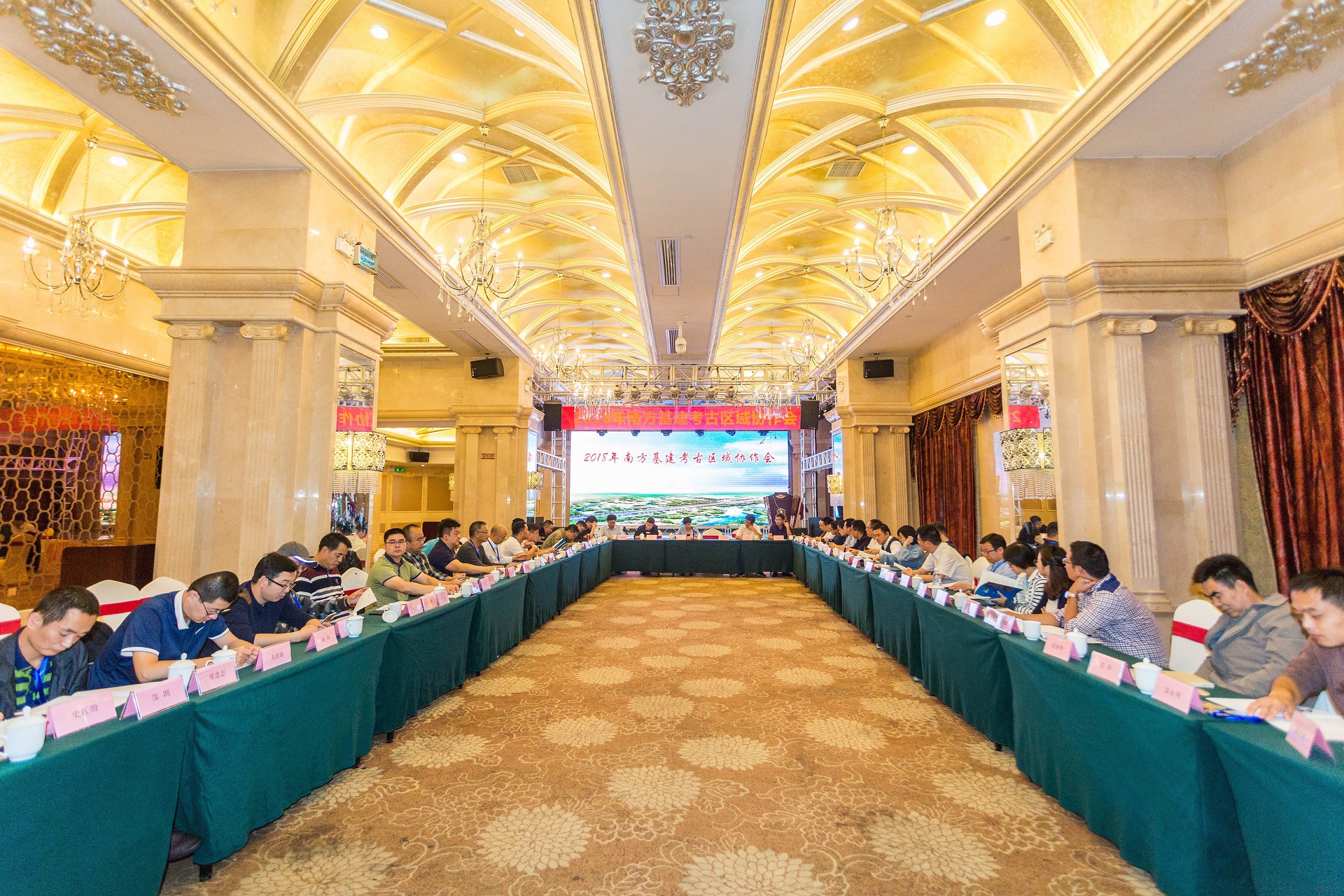
Scene from the 2018 Provincial Infrastructure Archaeology Cooperative Conference for Southern China
“Pingtan is developing rapidly and boasts abundant archaeological resources. As an International Tourism Island, Pingtan should be in line with international standards, and should not just develop its economy and forget its local cultures. The construction of the Austronesian Archaeological Research Base and other projects will surely promote the development of Pingtan’s cultural tourism. In the near future, we will introduce universities or research institutes like Peking University, Fujian Normal University into Pingtan, to explore the living conditions of the ancient people and create Pingtan’s own features,” said Fan Xuechun, Deputy Director and Researcher of the Institute of Cultural Relics and Archaeology in Fujian Museum.
Pingtan is to become an international model city for heritage protection
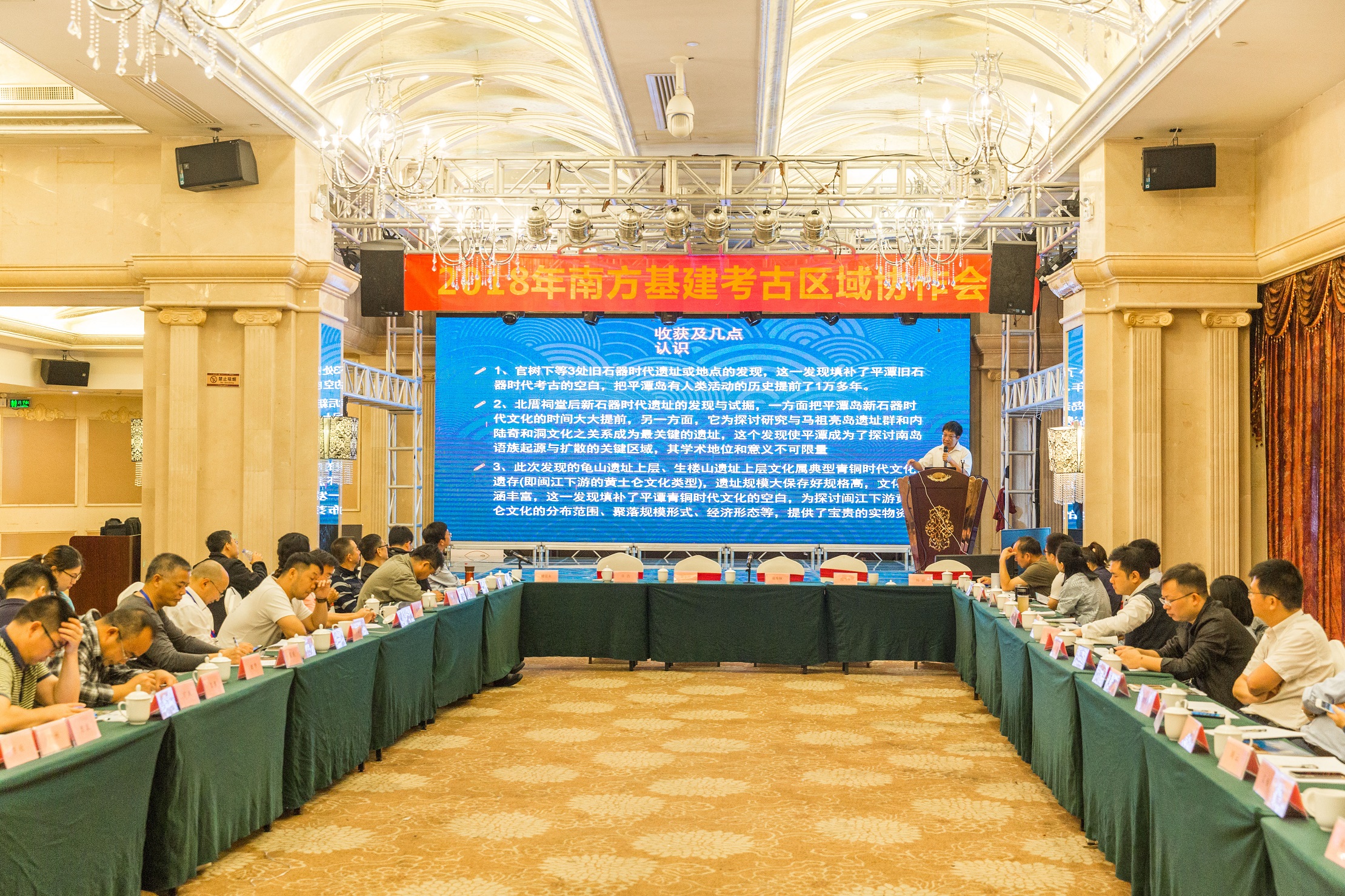
Fan Xuechun, Deputy Director and Researcher of the Institute of Cultural Relics and Archaeology in Fujian Museum
At present, Pingtan is strengthening its protection and utilization work of cultural relics, so as to build itself into an international model city for heritage protection.
Next on, Pingtan will be focusing on the cultural theme of Austronesian Cultures and strive to win over the National Cultural Heritage Administration on the archaeological excavation and international cooperation for Keqiutou Historic Site; building it into an international base with matching infrastructures.
In addition, Pingtan will also try to win over the project of Fujian Provincial Underwater Archaeological Research Center, and build an international level museum for underwater relics. World-class architects will be invited for its planning and designing in order to create an iconic cultural facility for Pingtan.
Archaeologists highly praised Pingtan’s archaeological work

Experts inspecting the Austronesian Archaeological Research Base
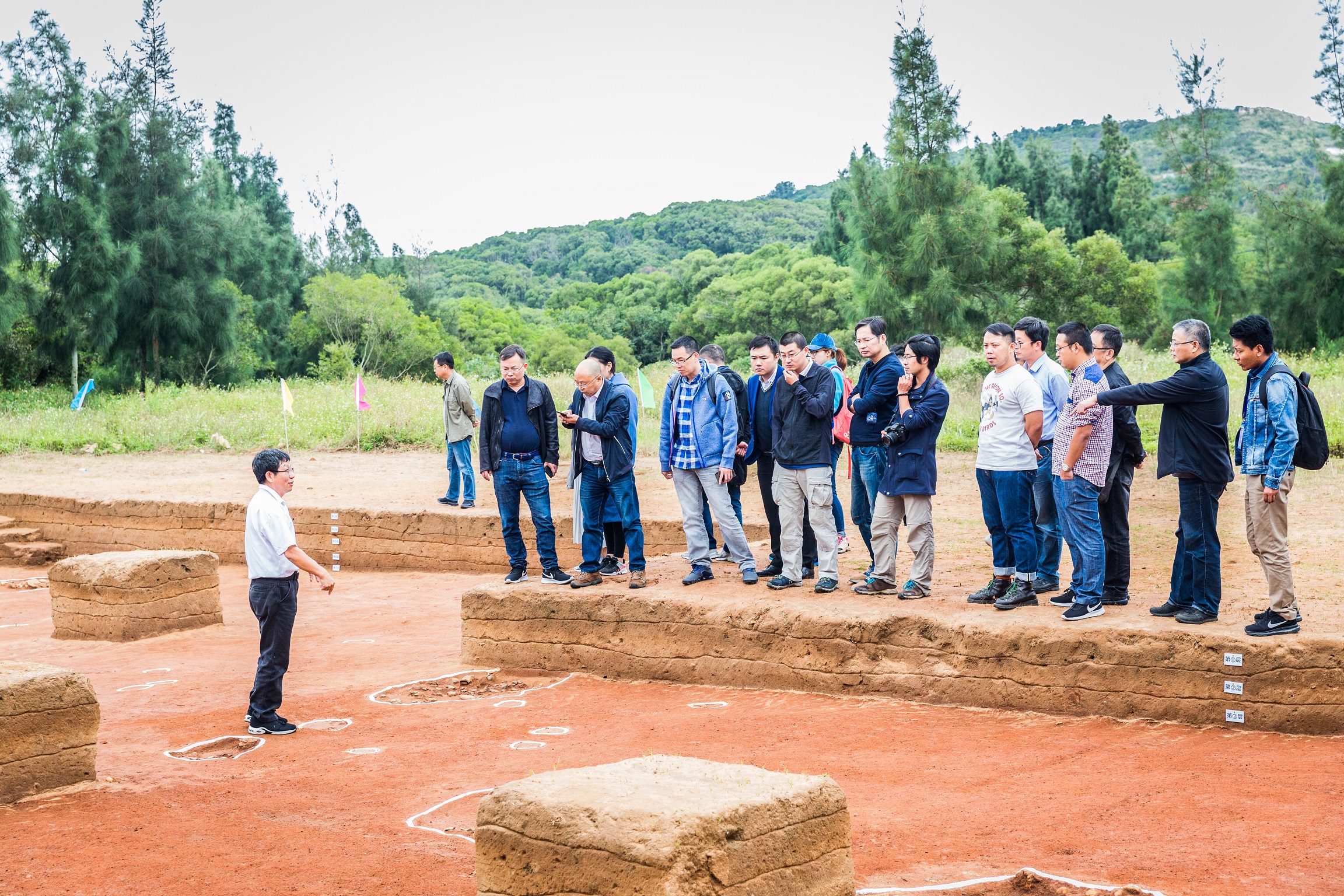
Experts at Pingtan’s Donghuaqiu Historic Site
Wang Haiming, a researcher from Zhejiang Provincial Institute of Cultural Relics and Archaeology, highly praised the achievements of Pingtan in its archaeological work. He suggested that to do a better job in archaeology, we should plan first, and then publicize the plan more to create a friendly archaeological atmosphere. In addition, the research base can be used as an educational platform, which will be helpful for both local residents and archaeologists for their research work.
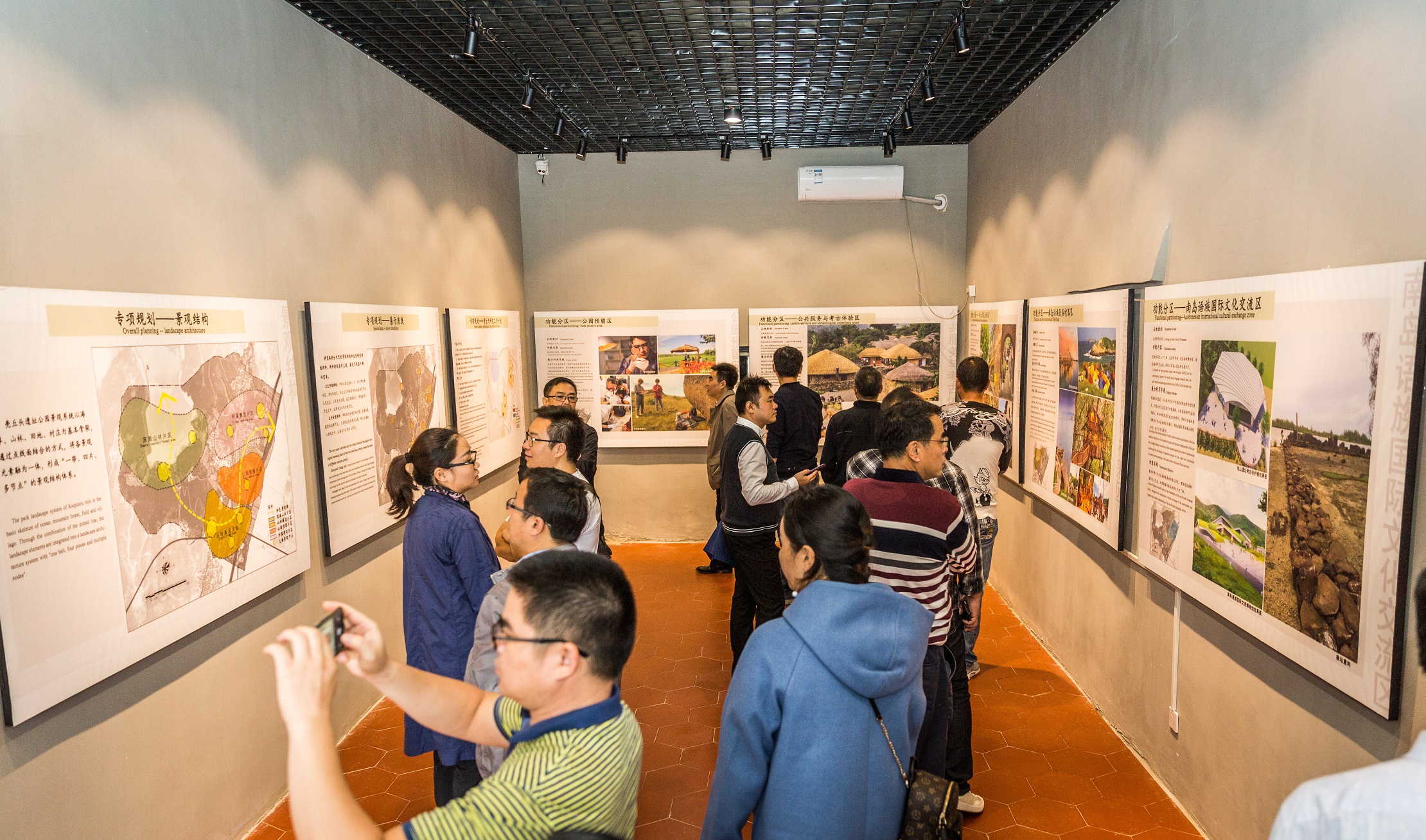
Experts visiting the planned exhibition hall for the archaeological park
“The overall construction plan for Pingtan’s archaeology is really fantastic. We are very curious as to what Pingtan looks like 7 or 8 thousand years ago,” added Tashi Tsering, an assistant librarian from the Cultural Relics Protection Institute of Tibet Autonomous Region.
The International Austronesian Archaeological Research Base
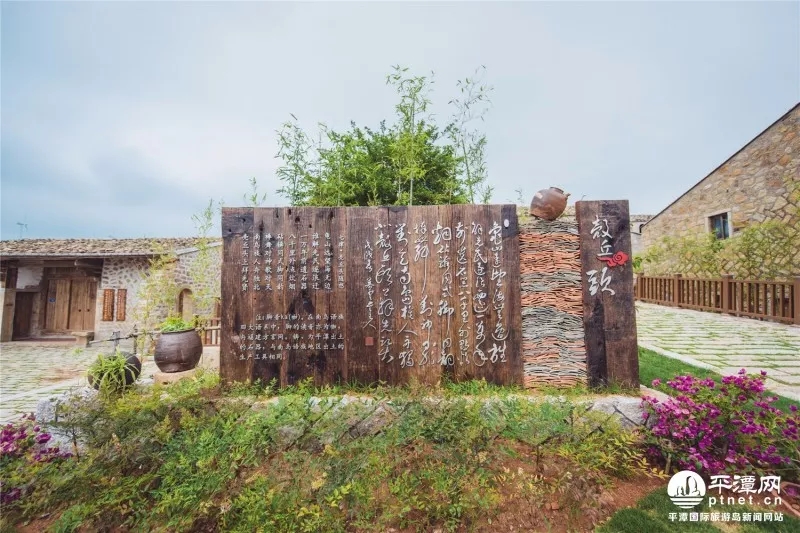
The International Austronesian Archaeological Research Base
The International Austronesian Archaeological Research Base is built on Keqiutou Historic Site, and focuses on the new archaeological achievements of Pingtan’s prehistoric relic sites.
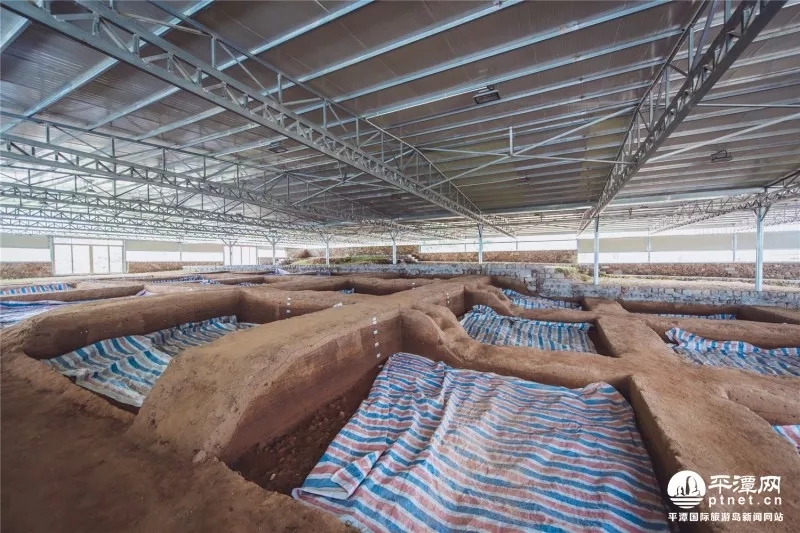
Mount Guishan Historic Site
The discovery of Mount Guishan Historic Site, which is around 3,000 years to 5,000 years ago, proves that Pingtan had a large-sized settlement site in the Bronze Age with an area of over ten thousand square meters.
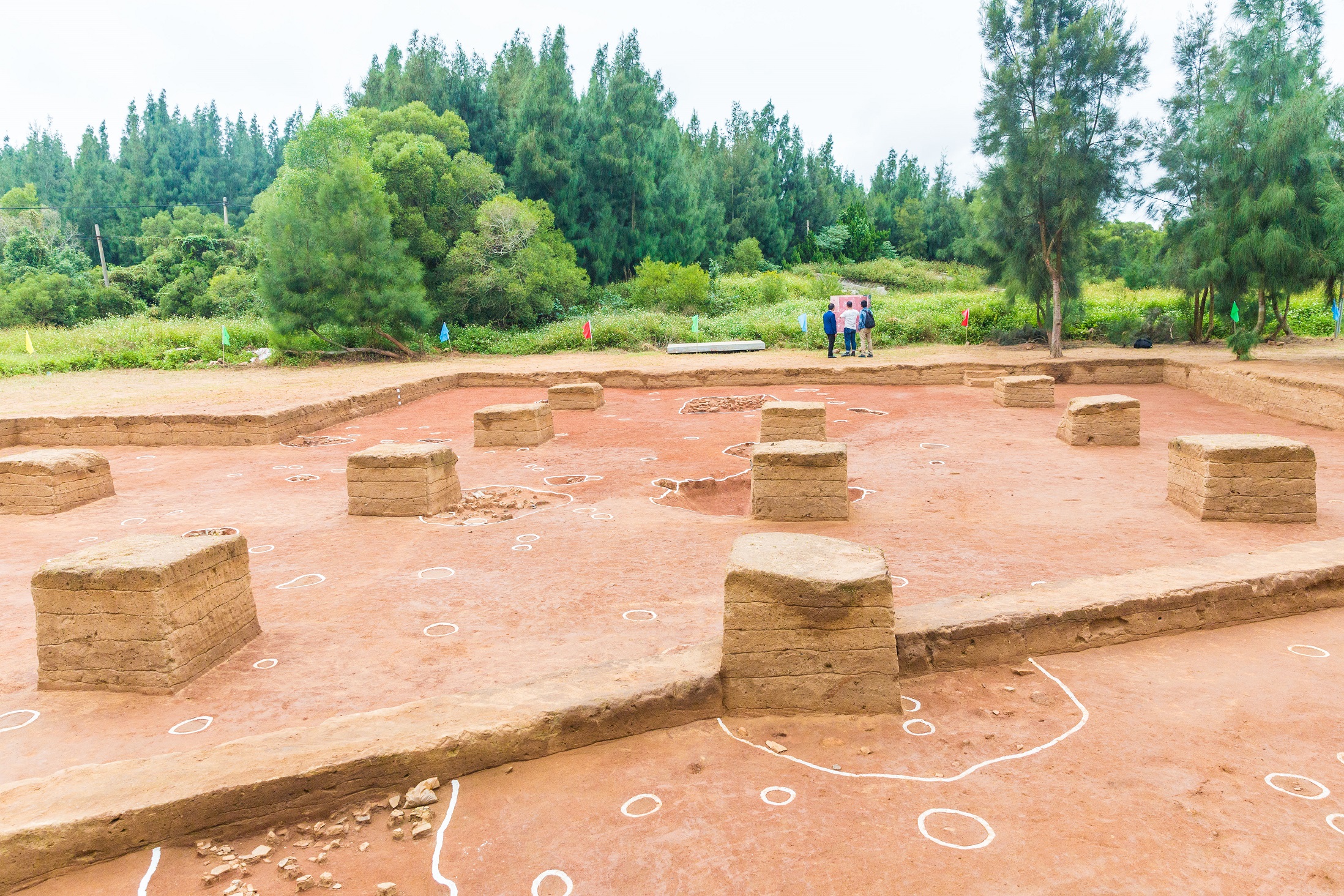
Donghuaqiu Historic Site
Donghuaqiu is located in Pingyuan Town, Pingtan, and is a histrionic site during the Shang and Zhou dynasties dating back to about 3,500 years ago. The discovery of this site not only fills in the gap of the prehistoric Bronze Age culture of Pingtan, but also further confirms the close relationship between Pingtan and the Austronesian.

